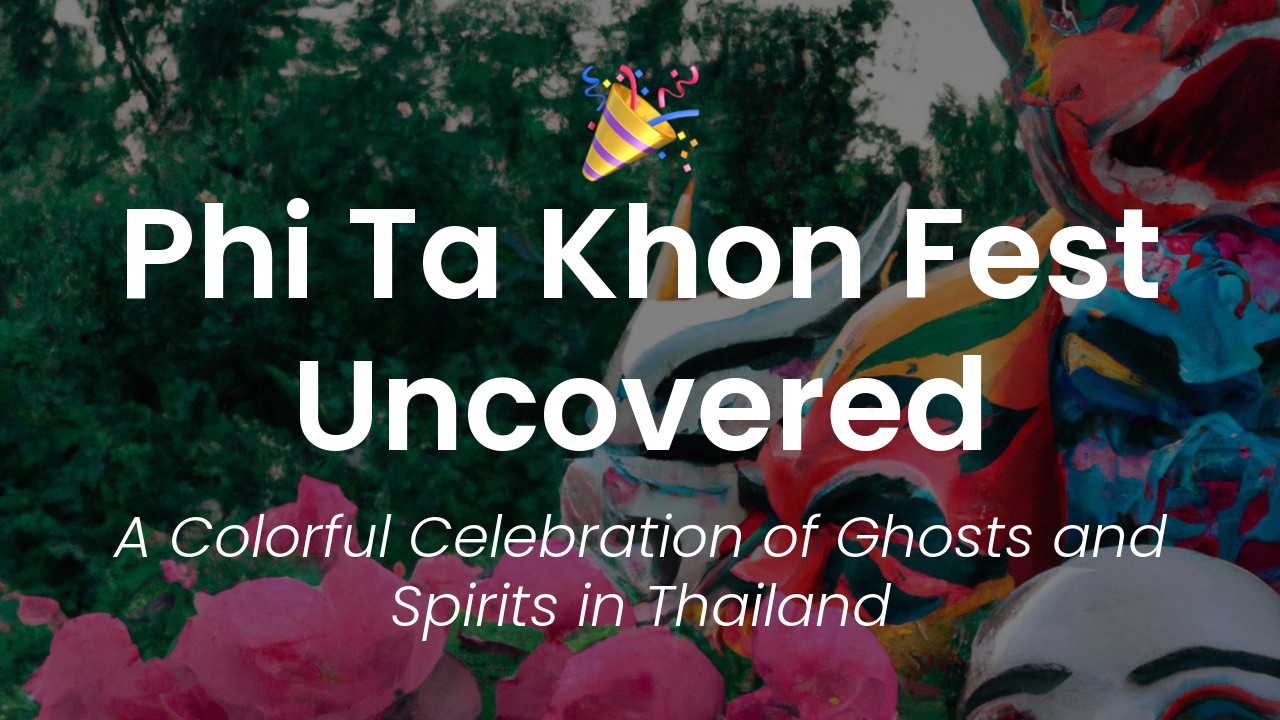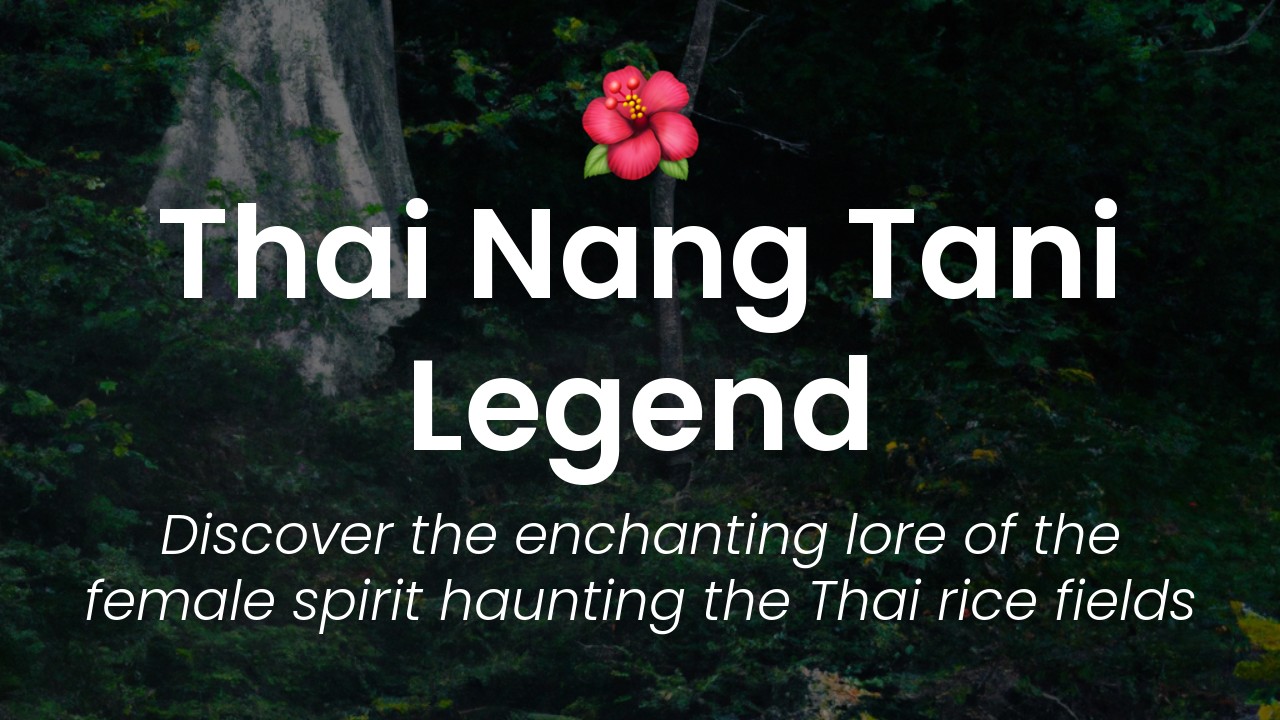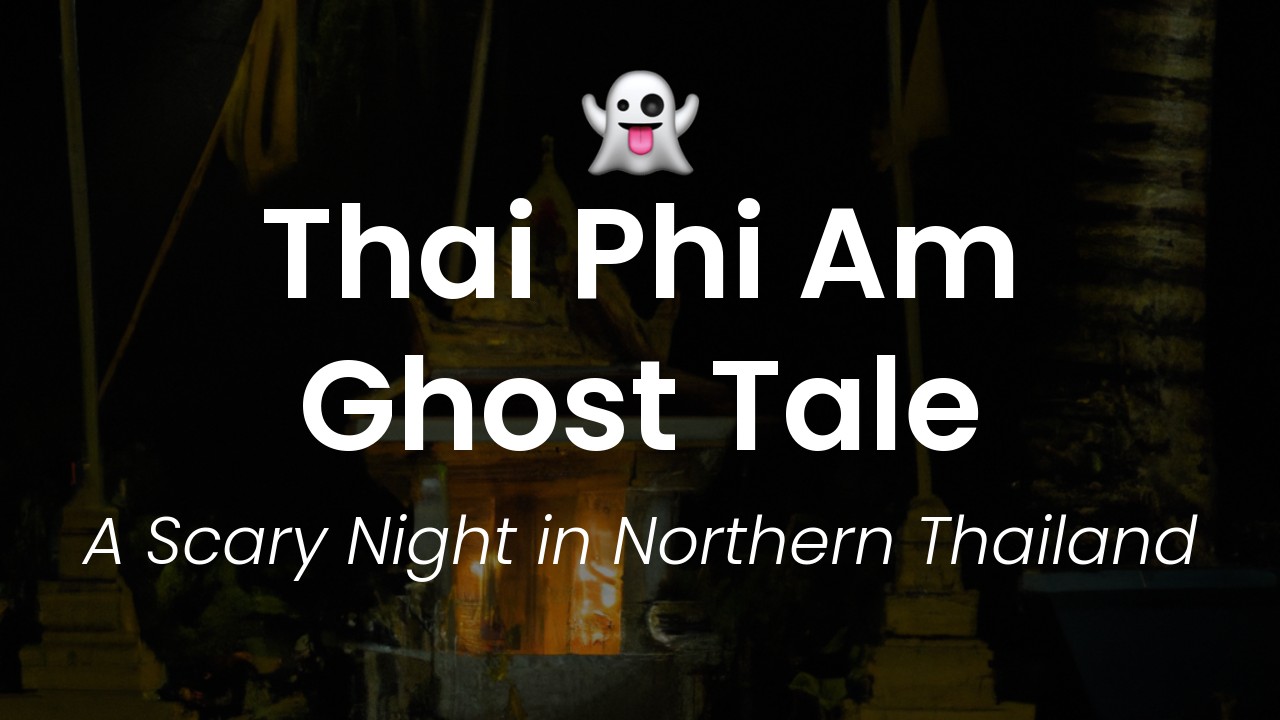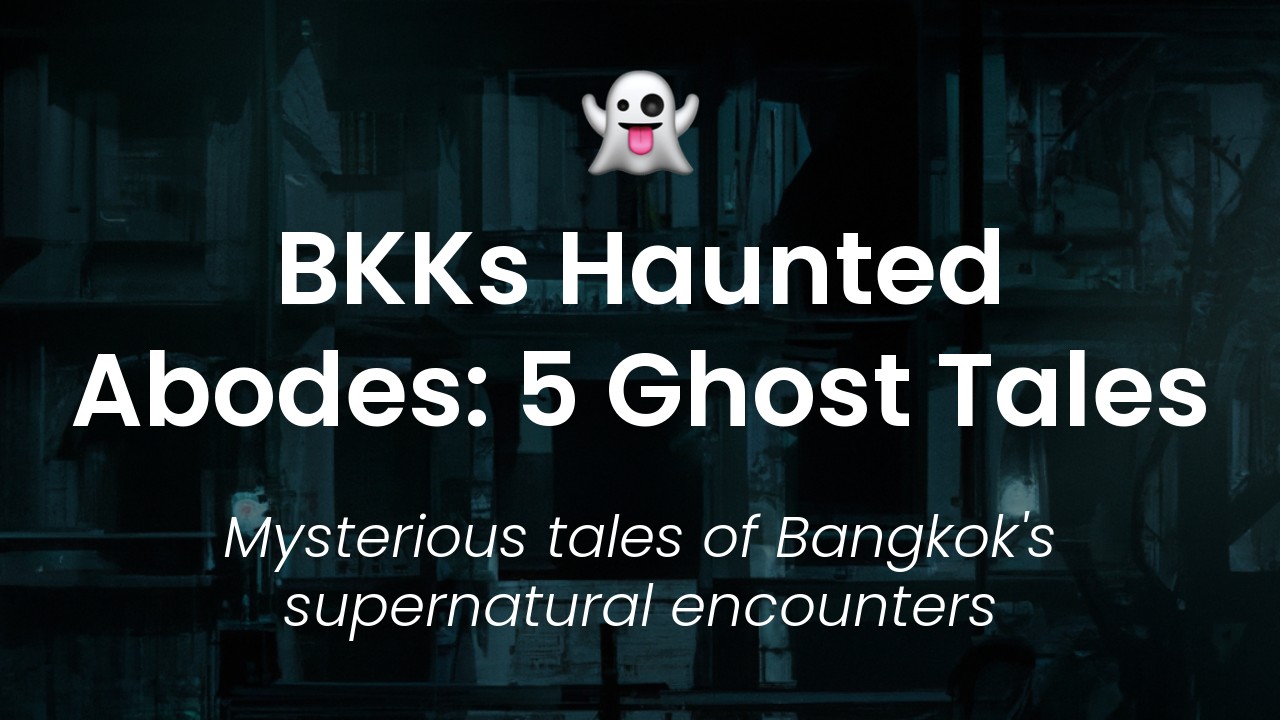Hello everyone, it's Sirinya here! Today, I am thrilled to share my thoughts and insights about the Phi Ta Khon Fest, one of the liveliest and most colorful festivals in Thailand. This unique celebration holds a special place in my heart and as a proud Thai woman, I feel a deep connection to our rich culture and traditions.
Phi Ta Khon, also known as the Ghost Festival, takes place in Dan Sai, a small town in the Loei Province located in the northeastern region of Thailand. The festival is typically held over three days between March and July, with the exact dates determined by the lunar calendar. This vibrant festival celebrates the return of spirits and ancestors, bringing together locals and visitors alike in a joyful and lively celebration.
But what sets Phi Ta Khon apart from other similar festivals in Thailand is the colorful and creative masks that people wear during the parade. These masks are made from bamboo, coconut leaves, and rice stalks, and decorated with paint and colorful cloth. They range from whimsical and comedic to downright spooky, and each has its own unique story and origin.
So, if you're curious about this fascinating festival and want to learn more, then join me on this journey as we uncover the secrets and traditions behind the Phi Ta Khon Fest!
The Origins of Phi Ta Khon
Phi Ta Khon or the Ghost Festival, also known as the Bun Luang Festival, is a unique and vibrant festival that is celebrated annually in Dan Sai, a small town in Loei Province, Northern Thailand. This unique festival is a combination of traditional and spiritual beliefs, customs, and rituals that have been handed down through generations.
According to local legends, the origins of Phi Ta Khon can be traced back to the story of Lord Buddha. It is believed that on his return from enlightenment, a grand welcoming ceremony was held in his honor in which the locals dressed in bright and colorful costumes, played music, and danced the streets to show their joy and happiness. This tradition was passed down over time and was eventually adapted and evolved into the Phi Ta Khon we see today.
The Masks and Costumes
Perhaps the most iconic feature of the Phi Ta Khon festival is the colorful masks and costumes worn by the participants. The masks are handcrafted from bamboo and are designed to resemble spirits or ghosts that are believed to roam the earth during the festival. Each mask is unique and features intricate and colorful decorations, including beads, feathers, shells, and fabric.
The costumes are equally as colorful and extravagant, with participants wearing brightly colored tops and bottoms made of silk or cotton. The designs and patterns on the costumes are usually inspired by nature, such as flowers, birds, and animals, and each outfit is completed with a pair of colorful sandals.
Dancing and Music
Dancing and music are an integral part of the Phi Ta Khon festival and are used to express joy, happiness, and excitement. The dance performed during the festival is known as the "Phi Ta Khon dance" and is typically performed in groups of four or five people. The dance is energetic and lively, with participants moving in a circular pattern, spinning, and jumping while holding hands.
Music is played by a procession that follows the dancers, with the beat of the drums and the sound of the traditional woodwind instrument, known as the "khaen," creating an unforgettable atmosphere. The music and dance can continue for hours, with both participants and spectators getting lost in the vibrant energy of the festival.
The Three-Day Festival
The Phi Ta Khon festival is a three-day event that usually takes place in June or July and is timed to coincide with the start of the rainy season. The festival officially begins with a grand opening ceremony where the town's people gather to bless the festival and offer prayers to the spirits.
The first day of the festival is known as "Phra Wet" and is dedicated to the creation of the masks and costumes. Participants can be seen crafting their masks and costumes in public, with the sounds of music and laughter filling the streets.
The second day, "Phi Ta Khon," is the highlight of the festival, with participants dressing up in their colorful attire and taking to the streets to dance, sing, and make merry. Local residents welcome the participants into their homes and offer them food, drinks, and blessings.
The final day of the festival, known as "Boon Pra Wet," is a day of merit-making and is marked by charitable activities such as giving alms and offering food to the monks.
Spiritual and Cultural Significance
The Phi Ta Khon festival is deeply rooted in spiritual and cultural beliefs that have been passed down through generations. The festival is a celebration of the belief that life and death are intertwined, and that a person's spirit can exist beyond death.
The festival is also an opportunity to give thanks and show respect to ancestors who have passed away. The masks and costumes serve as a symbolic representation of these ancestors and are believed to contain their spirits and protect their descendants.
Furthermore, the festival is an important cultural event that brings together people of different ages, backgrounds, and beliefs. It serves as a reminder of the importance of community and tradition and provides an opportunity for people to come together, share their stories, and create memories.
Local Food and Drinks
No festival in Thailand is complete without an array of delicious foods and drinks, and the Phi Ta Khon festival is no exception. The festival features a variety of foods that are unique to the region, including "jaew bong," a spicy sauce made from chilies and dried buffalo meat, and "sai oua," a spicy and aromatic sausage made from pork and herbs.
In addition to the food, the festival also features a variety of drinks, including "ya dong," a potent liquor infused with herbs and spices. The lively atmosphere of the festival makes it the perfect place to indulge in these local specialties while enjoying the company of your fellow festival-goers.
Tips for Attending the Festival
If you are planning to attend the Phi Ta Khon Festival, there are a few things to keep in mind. Firstly, be prepared for the heat and humidity, as the festival takes place during the rainy season when temperatures can reach up to 35°C.
Secondly, bring comfortable shoes and clothing that are easy to move in, as the festival involves a lot of dancing and walking. Finally, be respectful of the local customs and beliefs, and always ask before taking pictures or taking part in any activities.
In conclusion, the Phi Ta Khon Festival is a unique and vibrant celebration that offers a window into the rich cultural and spiritual heritage of Thailand. From the colorful masks and costumes to the lively music and dance, the festival is a feast for the senses and a testament to the community's enduring traditions. Whether you're a tourist or a local resident, the Phi Ta Khon Festival is an experience not to be missed!







